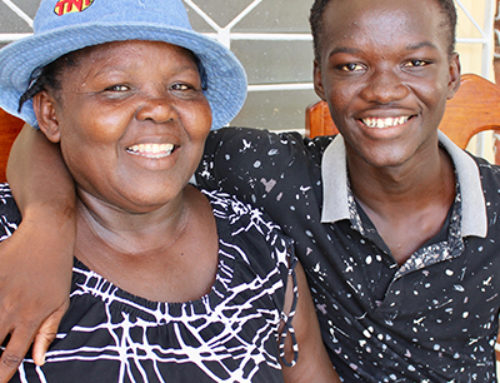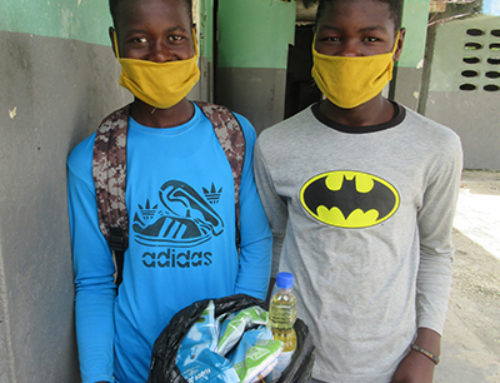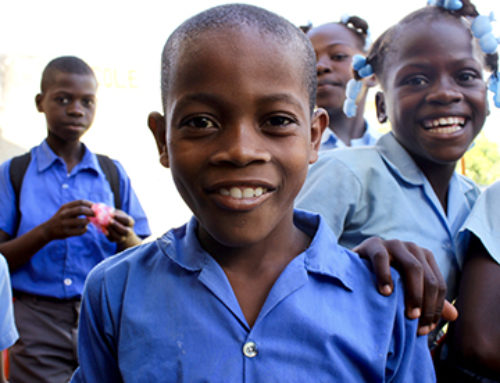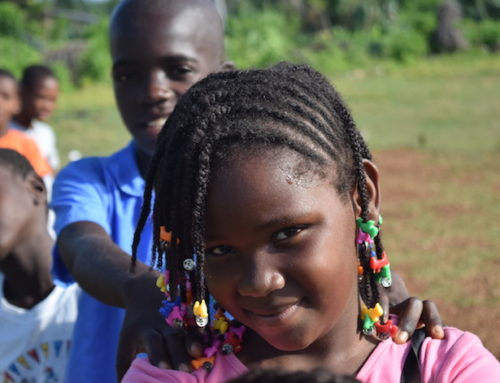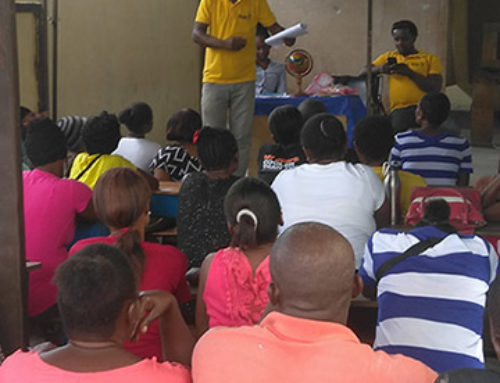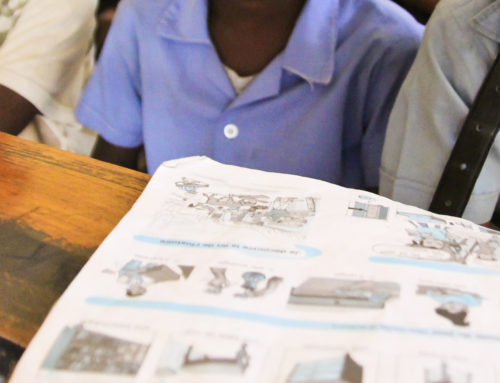
Hands of a restavek-boy, injured while working at the house of his “owners”. Kwadèbouke School of the Institute for Human and Community Development (IHCD), Port-au-Prince.
It’s heartbreaking to consider that in a time of such advanced technology and rapid communication, where we’re so easily connected to everything that’s happening all over the world, child slavery is somehow still allowed to exist. This fact is one of the greatest roadblocks to global human rights, yet it’s not an issue that is readily resolved. Rather, it is a complex problem with a multitude of causes and consequences.
Although we still have much to learn about the cycle of child slavery, there are a few misconceptions about this problem that if not cleared up, could contribute to its continuation. Here are just four common myths about child slavery we’d love to dispel for you:
1. Child slavery only exists in poor countries: There is a myth circulating that modern-day slavery is only a problem in the developing world, when in reality, child slavery is very much a worldwide concern. While the largest number of child slaves are found in Asia and the Pacific region, sub-Saharan Africa has incredibly high instances of child slavery, as well. But outside of these areas, millions of children are also being enslaved in upper and middle income countries.
Although this issue remains most serious within lower income nations, it is not exclusively a problem for those populations; children are routinely enslaved in industrialized countries, albeit less acknowledged. As unfortunate as it is, there are instances of child slavery across Europe and even right here in North America.
2. Most child slaves work in factory settings: A common, recurring misconception is that child slaves are typically found working in sweatshops and factories, exporting cheap goods to the stores of the rich world. The truth is, the majority of these children are involved with agriculture, often in extremely poor subsistence farming areas.
The International Labour Organization (ILO) has developed global estimates that show 58.6% of child slaves and laborers between the ages of 5 and 17 work within the agricultural industry; 25.4% work in services like retail trade, restaurants and transport; 7.2% work within the industrial sector, including mining, manufacturing and construction; and 6.9% are made to do domestic work. Many more child slaves are also found in the informal sector — selling goods on the street or hidden away in houses — far from the reach of government officials and the scrutiny of the media.
3. Child slavery is a ‘necessary evil’ for the burgeoning economies of the world: As crazy as it may sound, this is a school of thought that still exists. The thinking is, centuries ago major world economies were built (in part) on the exploitation of child slaves and child labor, and the availability of this cheap labor is needed for today’s economies, as well. To counteract this thought process, the ILO has argued that what growing economies actually require is quality education and a skilled workforce. There are a number of countries in Asia, South America and elsewhere whose economies have expanded rapidly while also making education and social protection a priority.
4. Child slavery will never be eliminated while poverty still exists: According to UNICEF, child slavery can (and must) be eliminated independent of eradicating poverty. Governments have started moving on this issue, but the real progress is happening at the local level. Activists and nonprofit organizations are exploring creative ways to rescue children from dangerous situations and provide positive alternatives for them to pursue. With that in mind, it should be noted that high-quality, primary education is one of the greatest alternatives freed children can receive.
While there are improvements being made, there’s still much more work to be done in securing freedom for enslaved children around the world. If you have a heart to see child slavery come to an end once and for all, reach out to Restavek Freedom today to find out how you can help!


